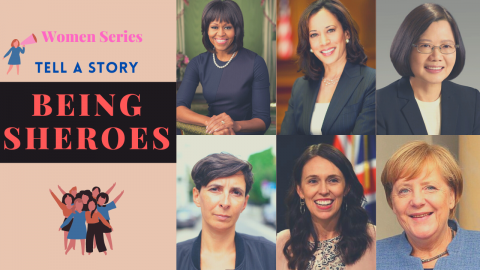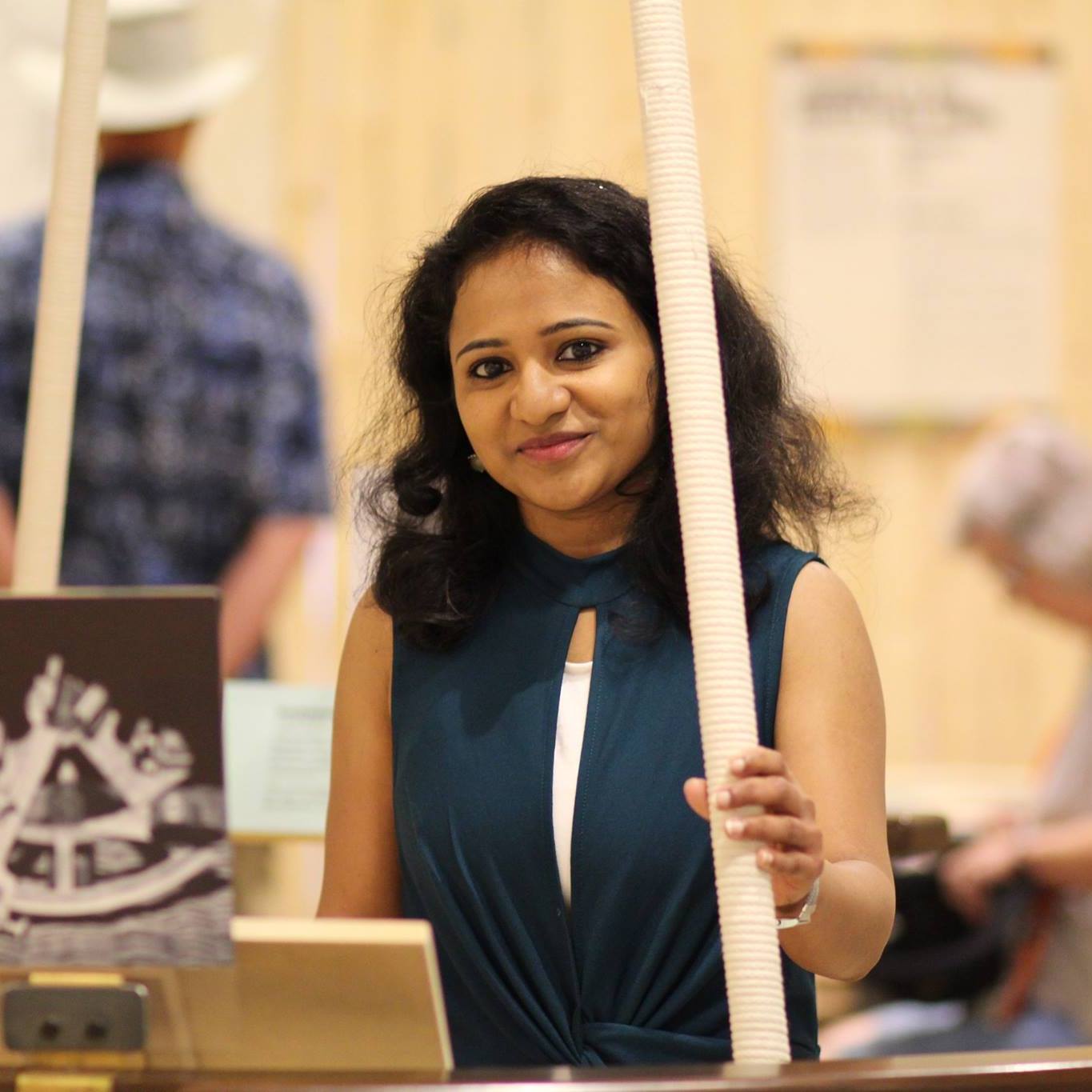The election fever is lingering in India with the assembly elections around the corner. Many amongst us have already scrutinized the candidates and are all set to proclaim the right to vote. But have you ever wondered the ratio between the number of male contenders with that of the female counterparts? Well, it’s shocking to note that the count is not just on par but rather not even close!
This is not a lone scenario of India but very much prevalent across the globe. Even in America, we saw the first woman win the vice presidential election campaign only in the recent 2020 election. Prior to Kamala Harris, first female, first African-American, and first Asian-American vice president, only five women throughout history had made it to a major party’s primary debate stage.
According to UN Gender statistics 2020, globally, only a quarter of seats in national parliaments are held by women. In local deliberative bodies, the count is hardly 37 percent. And when it comes to the world’s government heads, only 6.7 percent are women. With the current rate of progress, the UN believes global gender parity can be achieved only after 2060. And even that looks dicey with the number of gender descrimination cases rising across the world.
Not just for women to come to the fore and hold the reigns of power, the journey of disparity goes long way back, right from the procurement of the basic right to vote in elections. The odyssey of women’s suffrage is unimaginable considering the outrageous reasons cited for denying voting rights to women. Absurd denial reasons included women’s incompetence to understand politics and how they would neglect home, wreck families, if allowed to venture into politics.
It took more than 75 years of struggle, protests and agony for women to obtain their basic right to vote. However, it’s surprising to observe the superpowers of today were not among the first in the list to embrace the change. New Zealand was the first country in the world to proclaim the right of women to vote in 1893. Followed by Australia, Finland and Norway. And it took yet another seven years for 28 other countries to join the wagon including the U.S, Germany, Canada, Britain, and many other European countries. For Asian countries, they had to wait until the end of World War II.
Unknown to many, few conservative nations withheld the rights until the start of the 21st century. Oman approved of the rights in 1994 and UAE only in 2006. And Saudi Arabia became the most recent country to grant women voting rights in 2015. Currently, Vatican city is the only country in the world to deny voting right based on sex.
2021 definitely saw a welcoming dawn with Estonia, a country in Northern Europe becoming the only country to have both a female president and prime minister. But still the women leaders who have emerged from the shackles of patriarchy are only a handful while many others are only in the game to honor family names or to be mere puppets in the hands of male supremacy.
Through this video story, Tell-A-Story unfolds the historical women’s suffrage movement, the journey of the incredible women in power, current staggering gender economics and the need for miles to go and millions to empower for a gender neutral world!
For more such intriguing stories, subscribe to the channel. You can also follow the stories on Facebook @tellastory2020 and Instagram @tell_a_story2020
About the author: Tell-A-Story is a venture into video storytelling, founded by Suchithra Pillai, who comes with over 15 years of experience in the field of journalism, exploring and writing about people, issues, and community stories for many leading media publications in India and the United States. Video narratives along with thought-provoking content in less than 5 minutes, to engage and entertain the audience, is its preeminent vision.
*****


